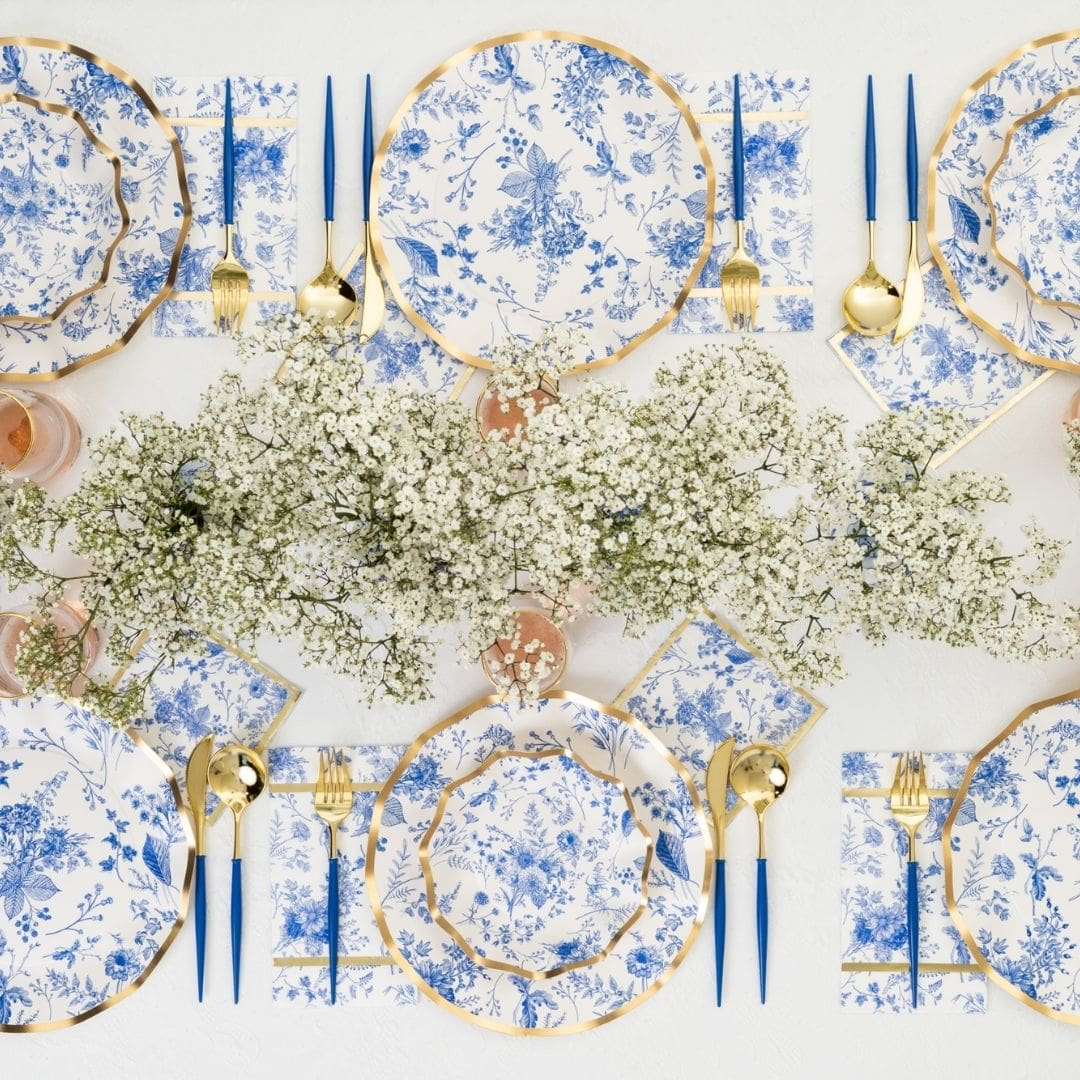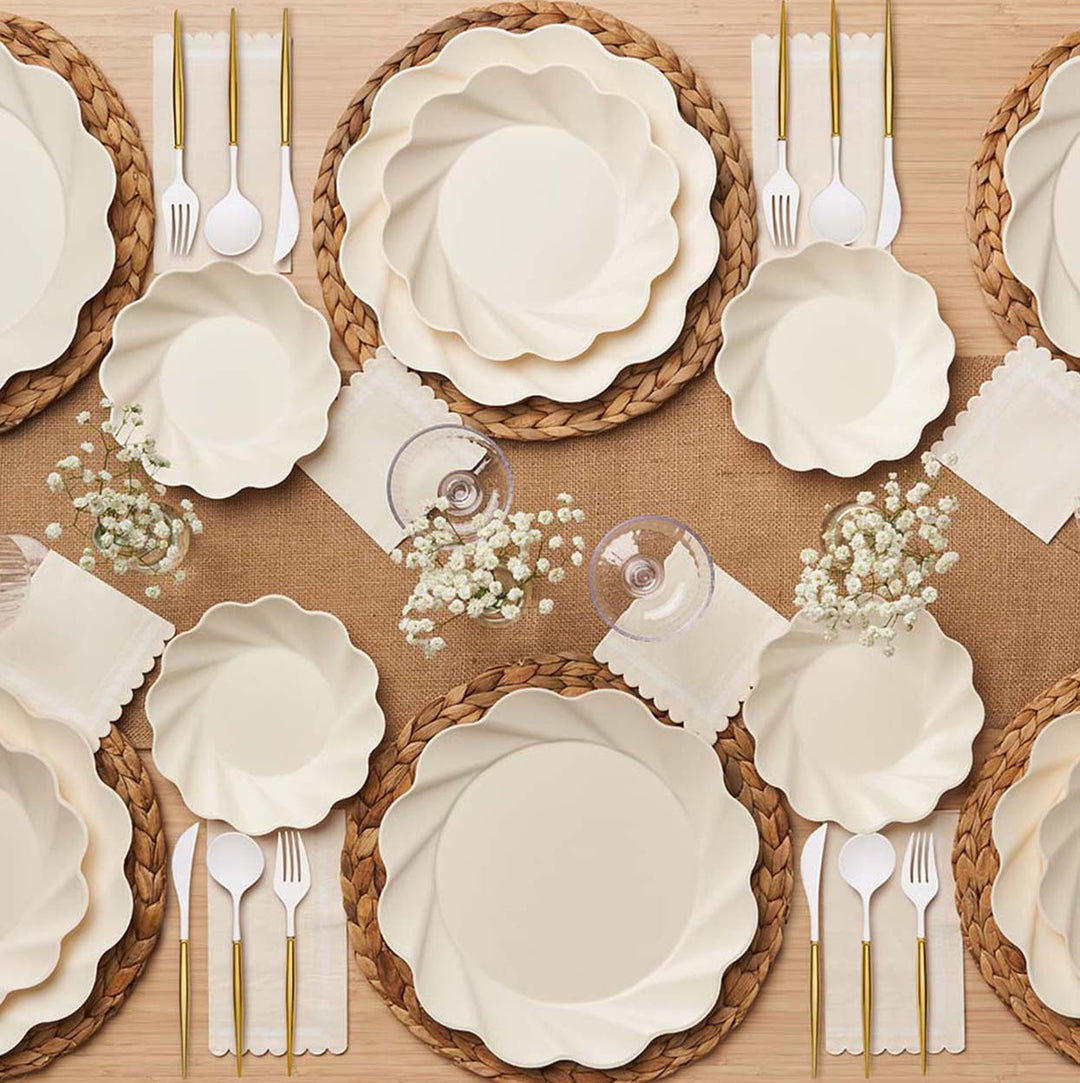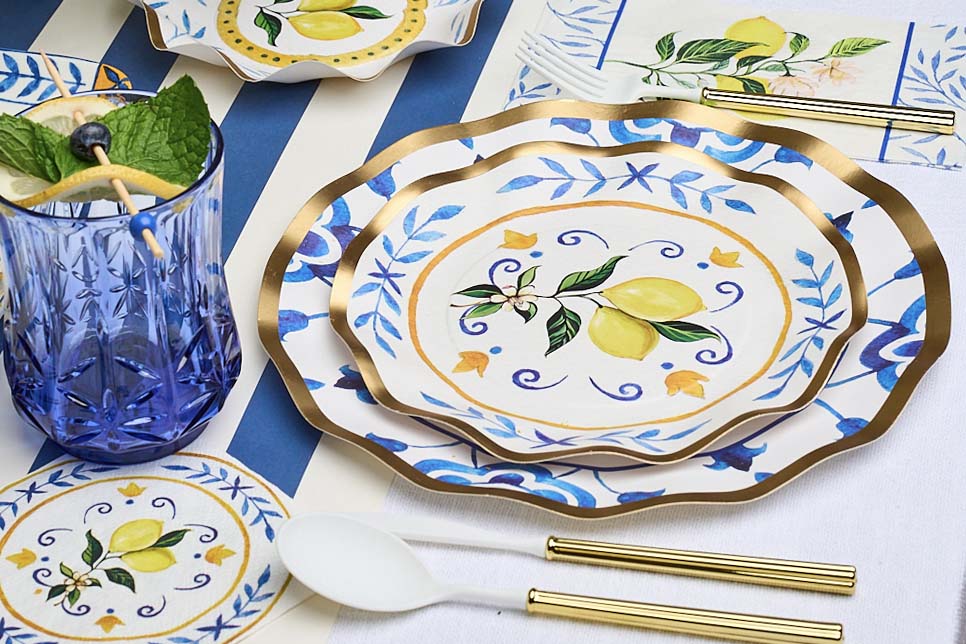No Meat? No Problem! Check Out These 10 Vegetarian Charcuterie Meats
Just because you’re following a vegetarian lifestyle, doesn’t mean you can’t have a charcuterie board with all kinds of yummy cold cuts. Thankfully, with the many plant-based “meat” options available today, you can have a beautiful charcuterie board replete with all the cold cuts your heart desires.
In this guide, we’ll introduce ten of our favorite vegetarian charcuterie meats. But before we dive in, let’s take a look at what goes into crafting the best vegetarian charcuterie board.
Can a Charcuterie Board Really Be Vegetarian?
Because a charcuterie board is centered around cured meat, you might be surprised that you can recreate one that’s 100% vegetarian. With all of the options available, it seems like every cured meat that you can think of has a plant-based counterpart.
And honestly, we totally support this—even if you don’t follow a vegetarian lifestyle. As much as we love traditional charcuterie meats, doing a vegetarian charcuterie board can be incredibly beneficial.
Not only will it increase how many fruits and veggies you eat, but it can have a pretty positive effect on the environment. For this reason, experimenting with a vegetarian charcuterie board is a great idea in our book.
Tips for Making a Vegetarian Charcuterie Board
Assembling a charcuterie board is a fun task, but it requires a bit of thought and effort. Here are some of our top tips for making your charcuterie board something your guests are sure to rave about.
- Pick the Right Board: When it comes to making a stunning charcuterie board, there’s nothing more important than the board it goes on. Make sure to pick something that’s made out of wood for a classic appearance that will never go out of style. Oh, and adding your personal touches to it will always be a good time.
- Pick a Theme: All charcuterie board ingredients have a certain region that they’re native to. Try to pick one or two regions and stick to them as closely as you can. This will help you to make sure that the meats, cheeses, bread, and condiments pair together seamlessly.
- Focus on the Produce: Making a vegetarian charcuterie board gives you the perfect opportunity to focus on bright, seasonal fruits and veggies. Some of our favorites include marinated artichokes, brined olives, roasted red peppers, fresh figs, grapes, and blueberries.
- Find a Balance: A great charcuterie board has a mix of sweet and savory. Aside from that, it also has a variety of textures. Try to balance out your charcuterie meats and cheeses with sweet roasted veggies, varieties of fruit, and sweet jams.
- Pair It With Wine: Meats and cheeses make the perfect accompaniment to wine. If you stick to a regional selection of charcuterie ingredients, then a wine pairing should be easy. Whatever you choose to go with, it’s never a bad idea to have a white and red option for your guests (and a gorgeous decanter to enhance the flavors).
Our Favorite 10 Vegetarian Charcuterie Meats
With our charcuterie board tips out the way, let’s get right on to the fun stuff we’re all here for. Here are our ten favorite vegetarian types of meat that will make your next charcuterie board a hit with vegetarians and meat-eaters alike.
1. Tofurky Deli Slices
For our first vegetarian charcuterie board meat, let’s start with a classic. Ever since it came onto the scene some 20 years ago, tofurkey has become somewhat of a household name. Even if you’re never tried it before, you’ve definitely heard of it.
Today, there are many plant-based turkey options. These are usually made from tofu (a soy-based protein) or seitan (a wheat-based protein), which recreates the texture of turkey meat. It’s flavored with broth, herbs, and spices to simulate the actual taste of turkey.
Cut into thin slices, vegan turkey can be paired perfectly with cheddar cheese, apple slices, and balsamic honey.
2. Roasted Tomato Deli Slices
We totally get the appeal of trying to recreate traditional meats. But sometimes, the combined flavors of vegetables, herbs, and spices can make the flavors of meat unnecessary.
One such option is roasted tomato deli slices. These get their flavor from fire-roasted tomatoes, garlic, and basil. Plus, their red hue can make for a stunning charcuterie board presentation.
Serve these with fresh mozzarella cheese, basil pesto, and green Cerignola olives.
3. Wild Mushroom Deli Slices
While tomatoes make for a sweet and acidic flavor, sometimes you may be craving something more umami. In this case, mushrooms can make the perfect base ingredient in deli-style slices for adding to a charcuterie board.
Because mushrooms pair well with savory vegetables, we’d serve them with some caramelized onions, fire-roasted peppers, and jam. As far as the “vehicle”—the bread or crackers to pile the ingredients on—we’d go for something flavorful, like rosemary focaccia.
4. Vegetarian Black Forest Ham
If there’s a variety of ham that stands above all others, it’s the Black Forest kind, which is produced in—yup—Germany’s Black Forest. It’s seasoned with a medley of garlic, pepper, coriander, and juniper berries. After that, it’s brined, dry-cured, and smoked.
To emulate the taste of the real thing, vegan black forest ham uses a variety of similar spices with a base of soy-based protein. Keep it loyal to its origin by serving it with German classics such as sauerkraut, bite-sized soft pretzels, and whole-grain mustard.
5. Plant-Based Salami
If there’s one meat that we immediately think of when it comes to charcuterie boards, it’s salami. Salami is an Italian invention, made out of a cured sausage that’s dark in color and has lots of fatty marbling. It has a variety of spices added to it and is traditionally smoked.
The vegan version of salami is pretty impressive in matching the appearance and taste of the actual thing. Cut into thin, round slices, salami will pair perfectly with flavored crackers, vegan Asiago cheese, and sweet grapes. Plus, it’s pretty easy to assemble on any type of charcuterie board.
6. Veggie Carpaccio
Traditionally, carpaccio is a catch-all term for a meat that’s been spiced, pounded thin, and served uncooked. That’s how we ended up with carpaccio made from all types of meat and fish.
We can apply the same techniques to making vegan carpaccio. To make it, simply take your favorite vegetable and slice it thinly into individual slices. Marinate it with oil and something acidic to bring out its natural flavors. After that, you’ll have something delicious to pair with a sliced French baguette and crème fraîche.
7. Vegan Prosciutto
Prosciutto is a type of ham that hails from Italy. It’s much drier than the ham we’re used to seeing in our supermarkets and has a characteristically dark hue. It’s dry-aged for at least one year, which is how it gets its complex flavor.
Vegan prosciutto is made with a plant-based “meat” such as seitan. They have spices added to them until they achieve that smoky flavor that we associate with prosciutto. We would serve it with slices of cantaloupe (and don’t forget the food picks!)—a truly classic combination.
8. Italian “Sausage”
Italian sausage is seasoned with traditional Italian herbs and spices, such as garlic, oregano, basil, thyme, and rosemary. Vegan Italian sausage is made the same way except for it uses a plant-based ingredient for its base.
This is a great addition to your vegan charcuterie board as it can break up the common textures of coldcut-style vegan meats. You can slice the Italian sausage up into bite-sized pieces and serve them with a food pick to eat on their own. Or you can pair it with crostini and roasted red pepper spread.
9. Vegan Chorizo
Chorizo is another type of sausage—except this one originates in Spain. Chorizo gets its dark red hue and smokiness from smoked paprika. Because vegan chorizo is seasoned in a similar way, it tastes (and looks) quite similar to the original.
Because this is a Spanish delicacy, this meat will pair seamlessly with Spanish classics such as green Manzanilla olives, Manchego cheese, and quince jam.
10. Homemade Vegan Sausage
If you have any flavors in mind that you want to experiment with, then put your ideas to the test by making your own vegan sausage. We promise it’s a lot easier than it sounds!
Your base ingredient—the substitute for meat—can be anything from chickpeas to tofu to nuts. You can even combine a variety of ingredients to create a complex flavor profile. Once you have that, the rest of the work involves adding your favorite herbs and spices (and even fruit and veggies) and cooking them.
So, if you’re dreaming of a vegan pineapple-bacon sausage that you can’t find in stores, then this is the solution to serving it on your next charcuterie board.
So Many Options
Vegetarians rejoice! With the plethora of meat substitutes available, you’ll have tons of options for crafting the perfect vegan charcuterie board. So many, in fact, that your only dilemma will lie in which ones you should serve at your next gathering.
Our Sources:
Where Does Your Tofurky Come From? | The New Yorker
Zucchini Carpaccio Recipe - NYT Cooking | The New York Times














